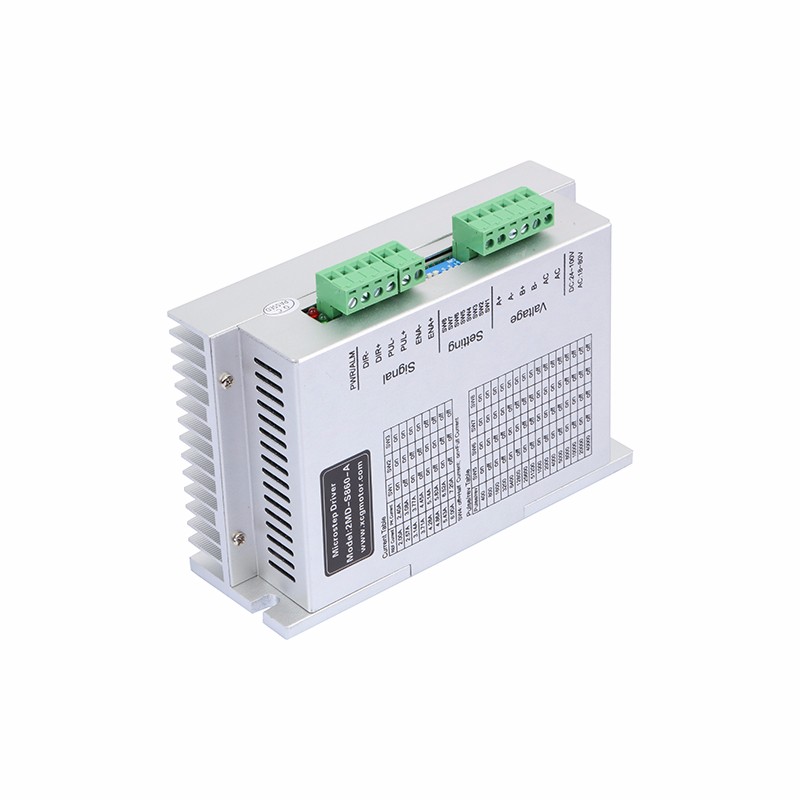Source:Industry News Release time:2022-07-09 Clicks:0 Popular:Reduction motor manufacturer

3D printing (3DP) is a rapid prototyping technology. It is a technology that builds objects through layer-by-layer printing based on digital model files using bonding materials such as powdered metal or plastic. The final product is created through additive manufacturing technology, where successive layers of material set the form to create A 3D object. This process is often called "rapid prototyping" because it quickly builds the final physical product or prototype into the design. The printer scans digital data from computer-aided design (CAD) programs, 3D graphics, or animation software and converts the final product into a usable physical model.
Because they operate with precise control and precision, 3D printers generally use stepper motors. The high-precision control characteristics of stepper motors ensure that the 3D printer can stop and reverse direction very accurately, ensuring rapid product prototyping.
3D printer stepper motor application
3D printers work with stepper motors by reading a 3D computer file and using it to make a series of cross-sectional slices of the product's raw material. After the 3D printer creates cross-sectional slices, each slice is then printed on top of another to create a 3D object. Guarantee the advantages of rapid prototyping machines.
Rapid prototyping has many well-known advantages. Now schools, colleges and businesses can invest in a dedicated 3D printer to help reduce the cost of outsourcing simple jobs. Additionally, professionals such as designers and engineers are able to use the rapid prototyping technology offered by 3D printers to produce inexpensive prototypes of designs before they invest in specialized and expensive models.
Recommended reading
Introduction to cylindrical gear reduction motor
How to use lubricating oil correctly for right angle reduction motors
Related Information
CGZF-042L1-5-P2
2020-12-21CGXZK142
2021-01-13Fixed speed motor
2020-12-21CGXZ085
2021-01-13Planetary reducer
2020-12-21Stepper motor series-42 series
2021-01-13Stepper motor
2021-04-14Accessories
2020-12-21Rod motor
2021-04-17CGX085
2021-01-13Rod motor
2021-04-17Stepper motor
2020-12-21CGXZ042
2021-01-13CGXK060
2021-01-13CGXZ085
2021-01-13Accessories
2020-12-21Planetary reducer
2020-12-21Planetary reducer
2021-04-15